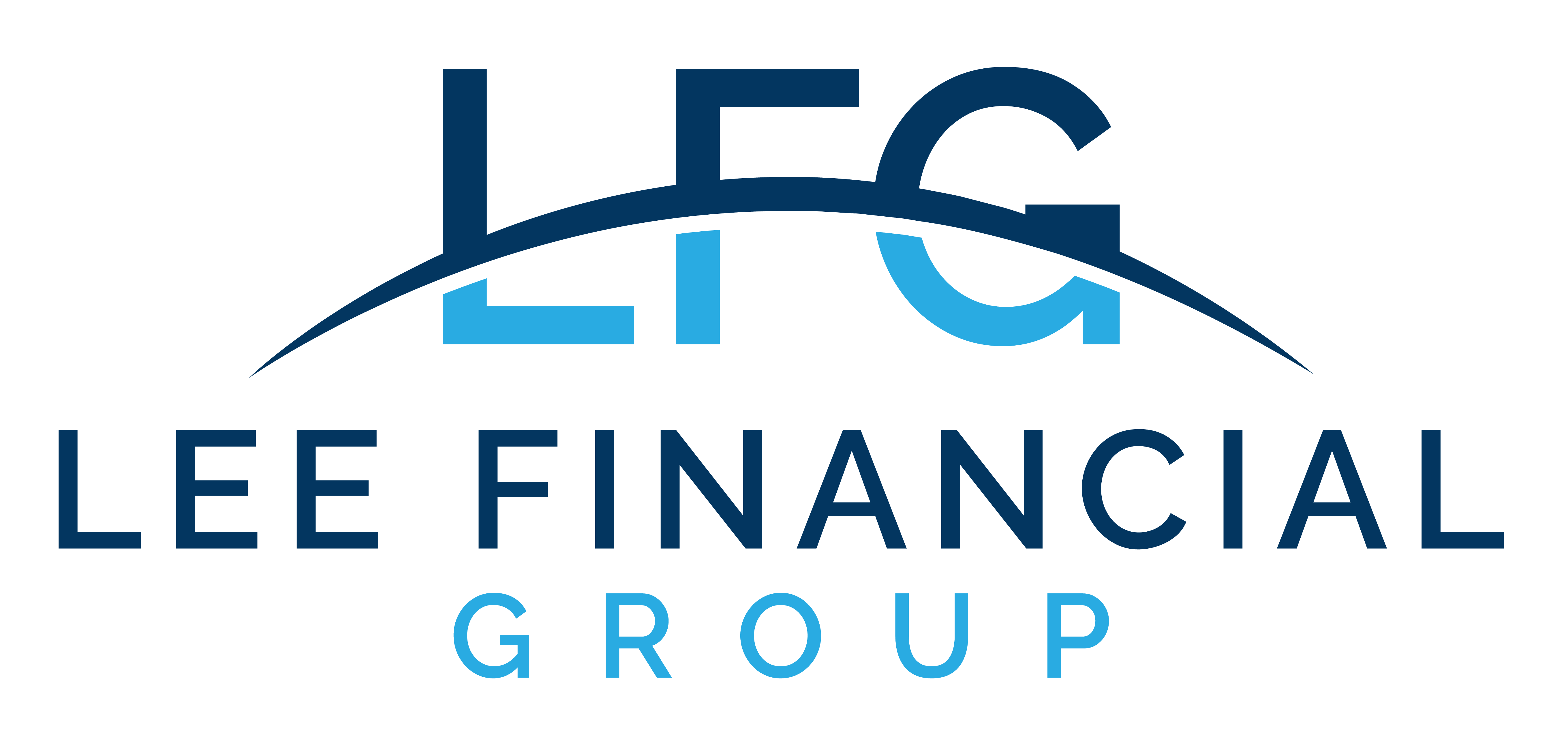Donor advised funds (DAFs) provide a way for individuals and families to manage their charitable giving in a streamlined, flexible way that can allow a giving plan to develop and change over time, while the assets themselves can continue to grow. Depending on who provides the structure of the DAF, there may also be benefits in due diligence and monitoring, in addition to the tax benefits of charitable giving.
What is a Donor Advised Fund?
One way to think of the structure is as a charitable savings account. It’s a segregated account, held by a sponsor, which can be a public charity, community organization, or financial services company. The account is owned by the charity for the benefit of the giver. The account can be invested in a range of financial instruments such as stocks, bonds, and mutual funds. It can be overseen by a financial advisor who can set the asset allocation and select investments according to the giver’s wishes. This means that the account can further the philanthropic goals of the giver, while also being invested according to their values.
The Tax Benefits
The donor can contribute cash, securities, or other assets, and the assets in the account grow tax-free.
The DAF also simplifies record keeping for tax purposes, since it isn’t necessary to keep track of every donation to each charity that receives a gift from the DAF. The only record keeping needed is the record of the DAF contribution. The tax deduction is taken when the funds are contributed to the DAF, not when the funds are ultimately granted out.
DAFs can allow donors to manage capital gains taxes on appreciated assets. The taxes are avoided when the asset is contributed to the DAF, and the tax deduction is taken on the fair market value of the asset at the time of donation.
The Benefits of Flexibility
Since the account is ongoing, charitable giving can take place annually and can also accommodate life events, such as an inheritance or asset sale, that result in a large sum earmarked for charity. It removes the need to make decisions quickly while preserving the tax benefit for the years in which it makes the most sense for the overall financial plan since you can take the deduction in the year you contribute to the DAF, not when the gift moves to the ultimate receiver.
A DAF streamlines giving because it separates the grant decision-making process from the decision on the amount and timing of the charitable donation. Making the donation becomes a simple administrative part of your financial plan that your advisor can handle in the most tax-efficient way, according to the needs of your plan and your long-term goals.
The decision-making process is freed up to be a separate event, which can be included in family meetings, estate planning discussions, or annual giving around holidays or to mark meaningful events. It can also be helpful when speed is necessary. For example, in times of crisis when acting quickly – such as natural disasters – is important, it’s as simple as logging into your account and recommending a grant.
Making an Impact
A DAF also allows for time to develop a more strategic giving plan that can take into account the overall impact of the grant and the health of the charity. Making a series of annual gifts to support an initiative can create a funding stream that generates a partnership with the charity for a specific purpose. Since the funds are already in the DAF, the charity has the benefit of ongoing funding rather than one large gift. From the donor’s perspective, the multi-year aspect of giving can be the foundation of a family legacy that continues to future generations. The funds have the opportunity to grow over time in the DAF, while the family evolves their giving plans and the charity accomplishes milestones along the stated mission.
Reducing the Administrative Burden
The sponsor of the DAF has a responsibility to vet the qualified charities recommended by the donors. This can help remove some of the burden of vetting from the donor. But it’s also important for the donor to select a sponsor that aligns with their values and goals, and that offers a level of service and participation that matches the donor’s needs.
Keeping it Private
For some donors, keeping donations private is a priority. DAFs allow for charitable donations to be made without publicly disclosing the donor’s identity. This can help limit unwanted solicitations and can provide confidentiality for some aspects of a philanthropic giving plan.
The Limitations: Loss of Control
The structure of the DAF provides that the donor can make recommendations for grants to specific charities, but the DAF sponsor ultimately approves or denies the request. This means the donor relinquishes direct control over the assets. For this reason, it’s very important to pick a sponsor that aligns with the charitable vision and goals of the donor.
The Bottom Line
A donor advised fund can be a flexible tool in a financial plan that features charitable giving as an ongoing, important piece. There are many benefits and some limitations, but working with a financial advisor can help you determine if a DAF should be part of your plan.






What a Weaker Dollar Means for Your Investments